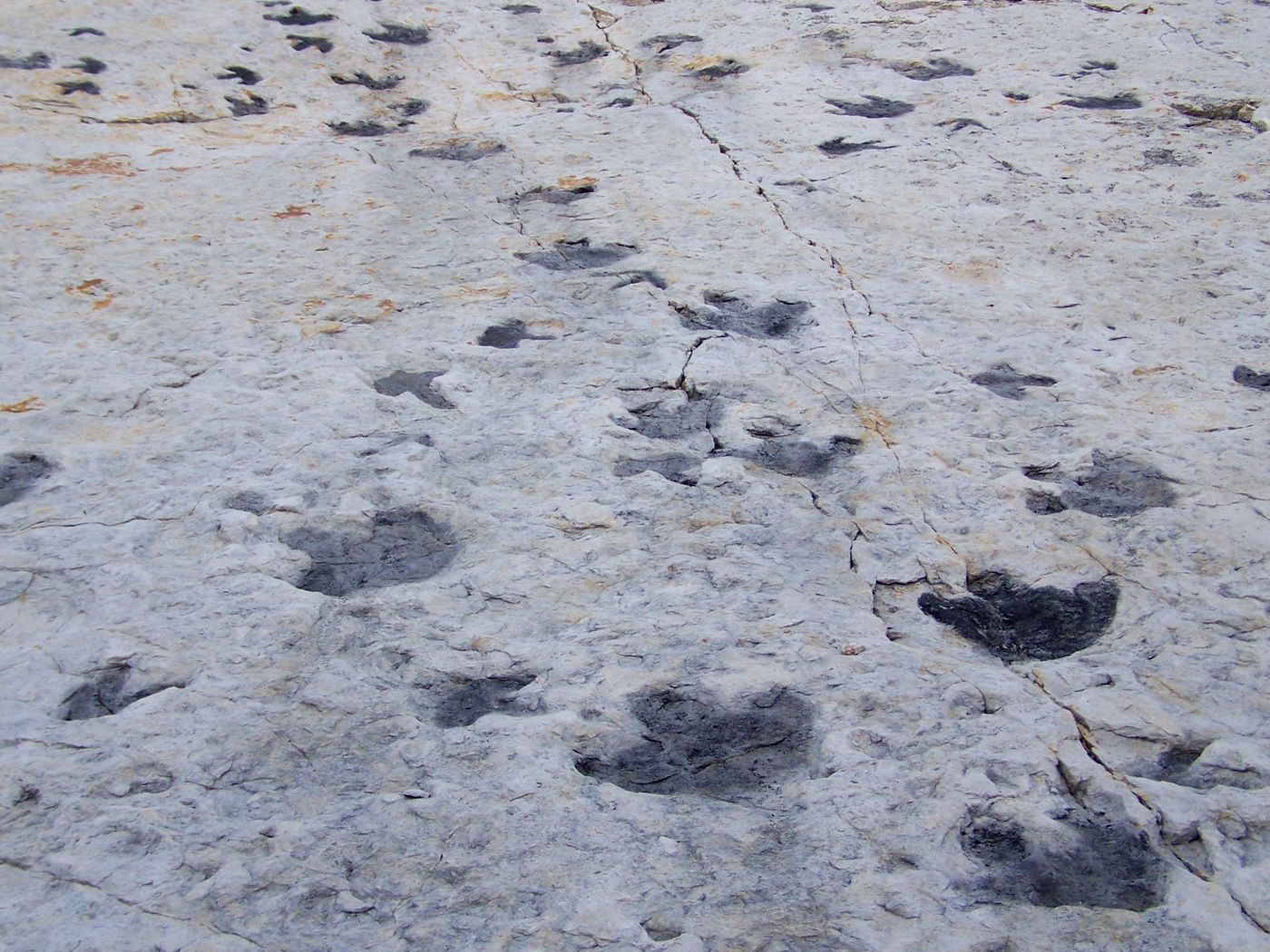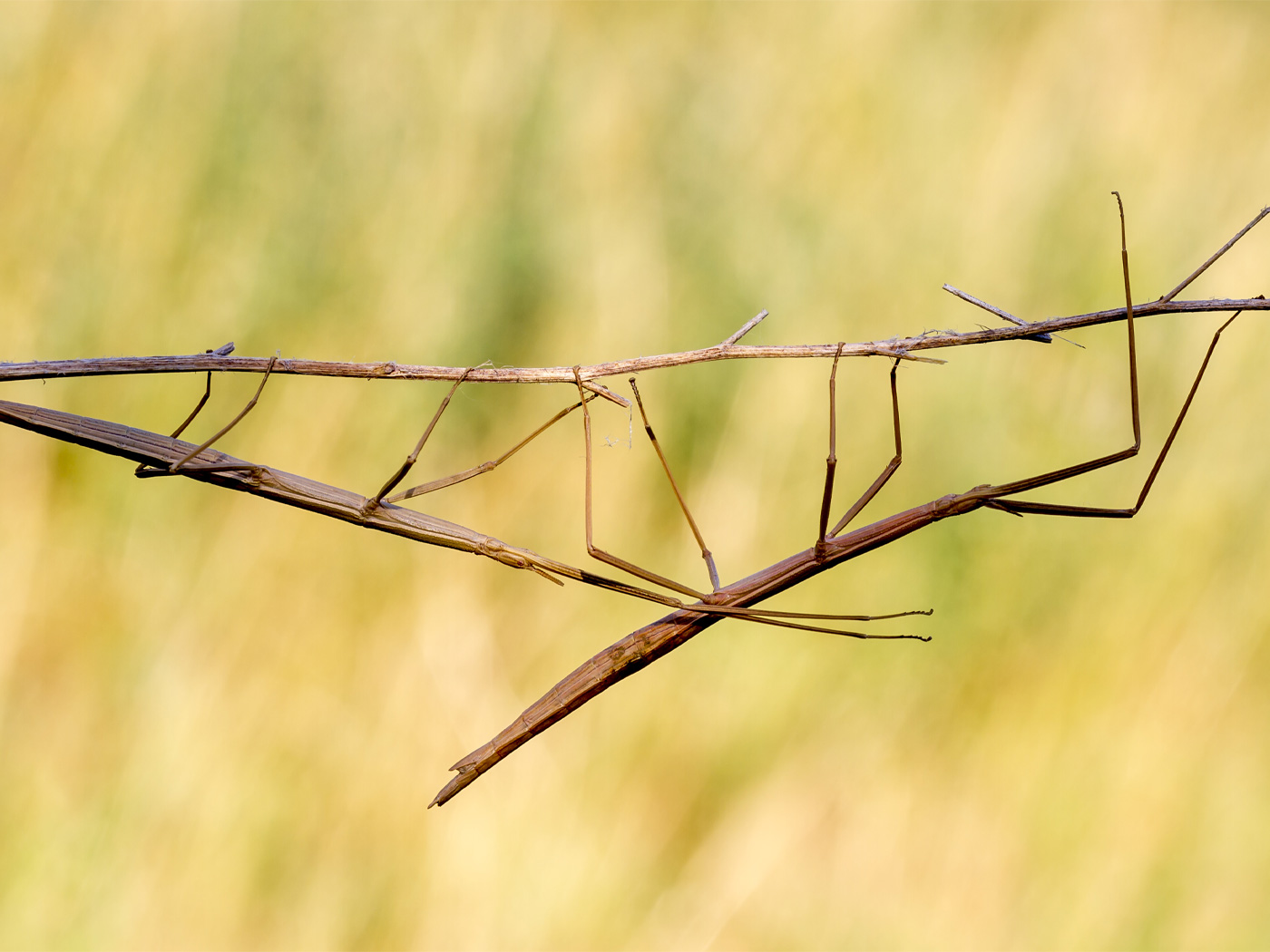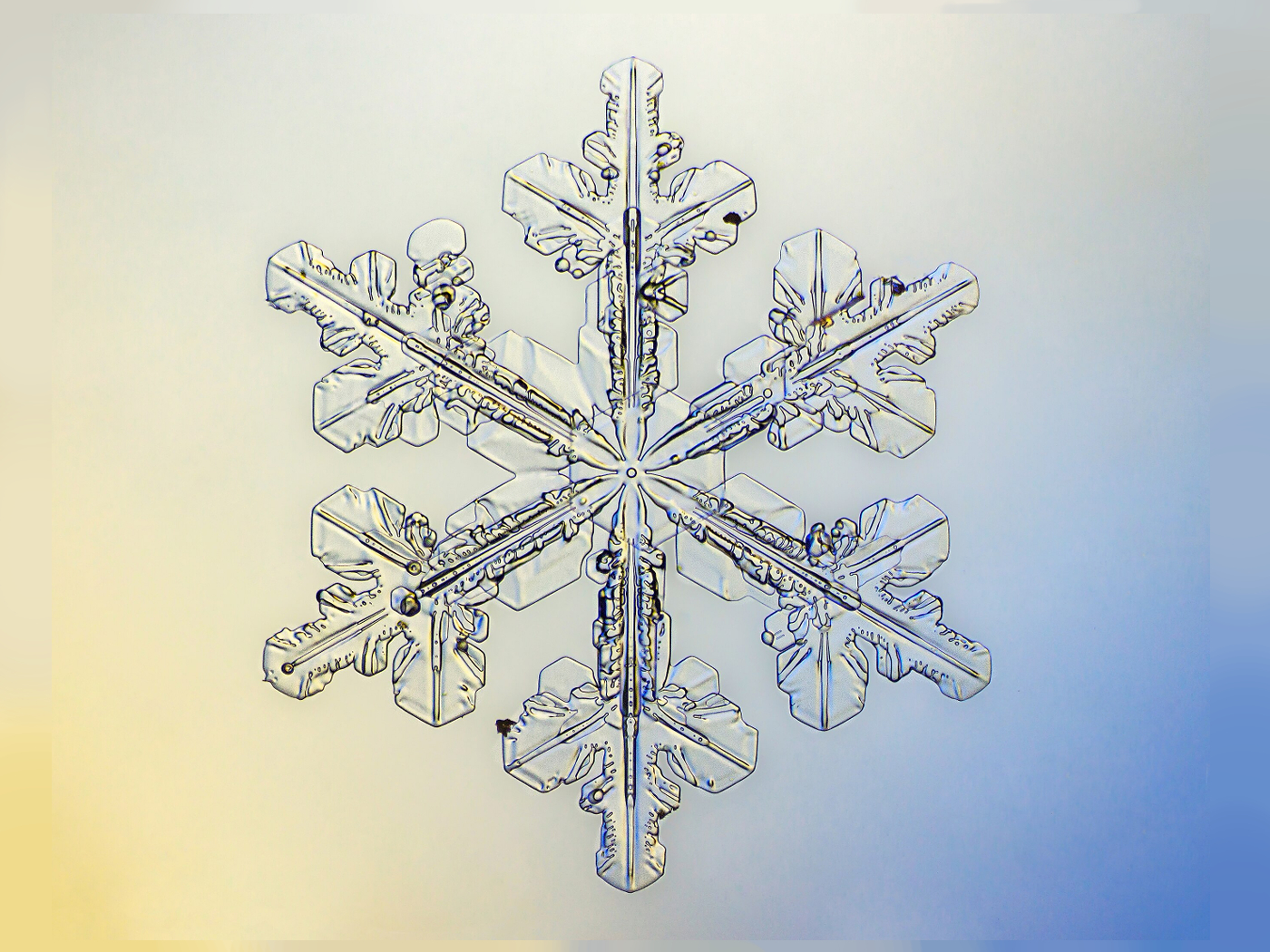An octopus can change the color of its skin at will to mimic any kind of surrounding. It actively camouflages itself with astoundingly complicated biological machinery. Wouldn't it be great if, say, a soldier's uniform or an armored vehicle used similar technology?
Researchers from the University of Houston, the University of Illinois at Urbana-Champaign, and Northwestern University have recently developed a heat-sensitive sheet that can automatically transition between black and white and produce multiple shades of gray.
Achieving their tiny prototype was no easy feat. A University of Houston news report said, "The flexible skin of the device is comprised of ultrathin layers, combining semiconductor actuators, switching components and light sensors with inorganic reflectors and organic color-changing materials in such a way to allow autonomous matching to background coloration."1
The team published their work in the Proceedings of the National Academy of Sciences, where they described their design as inspired by octopus skin.2
First, the octopus must detect the color of its surroundings, and in this human-engineered material photodiodes and multiplexing switches sense background patterns. In a 44-page supplement to the PNAS article, the authors listed 76 distinct steps required to fabricate their photodetector array and 74 steps to fabricate the diode array. Additional steps combine these arrays into the final product.
But all this ingenuity still pales in comparison to living octopus technology.
A Newsy online video quoted one of the PNAS study authors as having told National Geographic, "As an engineer looking at movies of squid, octopuses, and cuttlefish, you just [realize] that you're not going to get close to that level of sophistication."3
If a single fabrication step fails to occur, then the man-made color changing fabric would not function, illustrating the focused intent required to bring the design from concept to seamlessly functioning reality. How much more does the construction of octopus skin with its superior, higher-resolution, full-color fabric—that even heals itself—illustrate the focus and intent of a sophisticated genius Maker?
References
- Kever, J. Researchers Draw Inspiration for Camouflage System From Marine Life. University of Houston News. Posted on uh.edu August 19, 2014, accessed August 19, 2014.
- Yu, C. et al. Adaptive optoelectronic camouflage systems with designs inspired by cephalopod skins. Proceedings of the National Academy of Sciences. Published online before print, August 18, 2014.
- Awesome New Camouflage Sheet Was Inspired By Octopus Skin. Newsy. Posted on sciencedaily.com August 19, 2014, accessed August 19, 2014.
* Mr. Thomas is Science Writer at the Institute for Creation Research.
Article posted on August 27, 2014.





















